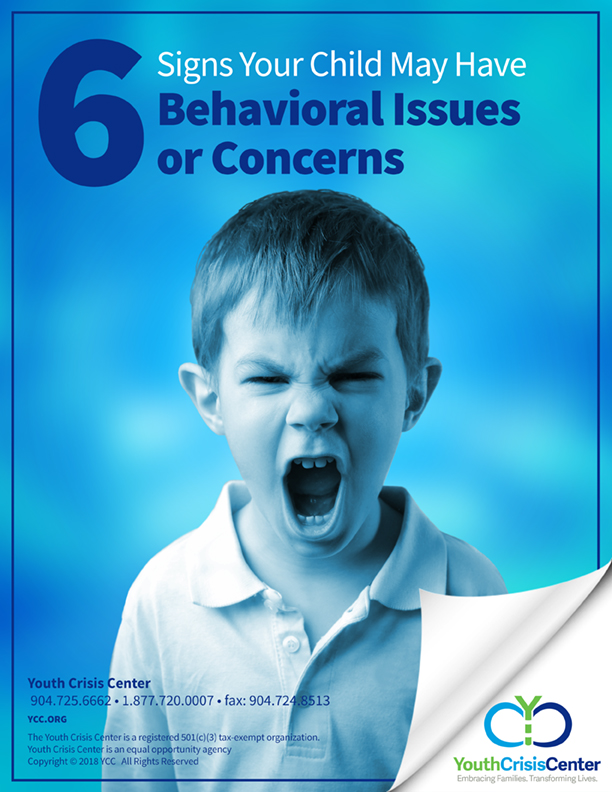Everybody deals with anxiety differently. According to Healthline, “anxiety is your body’s natural response to stress.” Stress is a part of everyday life. Some people encounter it at one point whether it’s the first day of school, public speaking, or finally landing a job interview; stress happens and how people deal with it varies. However, while stress is a part of everyday life, it is not supposed to dictate your life. Experts at Healthline claim “if feelings of anxiety are extreme, last longer than six months, and interfering with your life, you may have an anxiety disorder.”
The CDC says children also have fears and worries. Regardless of how young they are, children sometimes find themselves feeling sad and hopeless every now and then. It is a part of life and some of those feelings are normal for kids. However, the CDC believes “persistent or extreme forms of fear and sadness could be due to anxiety or depression.”
Your child and anxiety
Parents never want to see their child suffer or be in pain. You may feel that it is your duty as a parent to help your child work through what’s bothering them. It can be easier to figure out why your child is crying if you see them with a scraped knee or if they accidentally touched the stove while it was hot. It may not be as easy to figure out what’s going on mentally and causing your child stress or anxiety.
Experts at the Youth Crisis Center believe there are three different categories parents should pay attention to if they suspect their child may be struggling with stress or anxiety.
Thinking symptoms
Therapists at the Youth Crisis Center encourage you to really pay attention to what your child says about their thoughts. Some things to look out for is if your child often talks about their mind racing or the fact they find it hard to think straight. Therapists also recommend talking with your child’s instructors if they’re in school to see if your child’s concentration is not where it used to be or if they have difficulties with starting assignments.
Emotional symptoms
Parents should also monitor their child’s behavior and how they are reacting to things around them. You can use this opportunity to see if your child is coming off as withdrawn and if they tend to isolate themselves. You can also try talking to your kids, see if they’re having obsessive thoughts they can’t seem to shake or they are struggling with low self-esteem.
Physical symptoms
As mentioned earlier, physical symptoms are a bit easier to detect than the symptoms kids are dealing with mentally. YCC therapists claim that children undergoing stress and anxiety may have sore muscles. Children may also use the bathroom more frequently. YCC suggests to parents that they should pay attention to their children’s eating and sleeping habits. Hoarding food or having problems sleeping could also be indicators of stress for your child.
About SNAP® at the Youth Crisis Center
YCC offers a program called SNAP®, which stands for STOP NOW AND PLAN. This is an evidence-based, cognitive-behavioral model powered by the minds at Child Development Institute (CDI). SNAP® can help children, ages 6-11, and their parents learn how to effectively manage their emotions and ‘keep problems small.’ We know that because small problems can quickly turn bigger or worsening problems if a child or their parent doesn’t have effective emotion regulation, self-control, or problem-solving skills.
Download our free ebook!
Six Signs That Your Child May Have Behavioral Issues or Concerns


